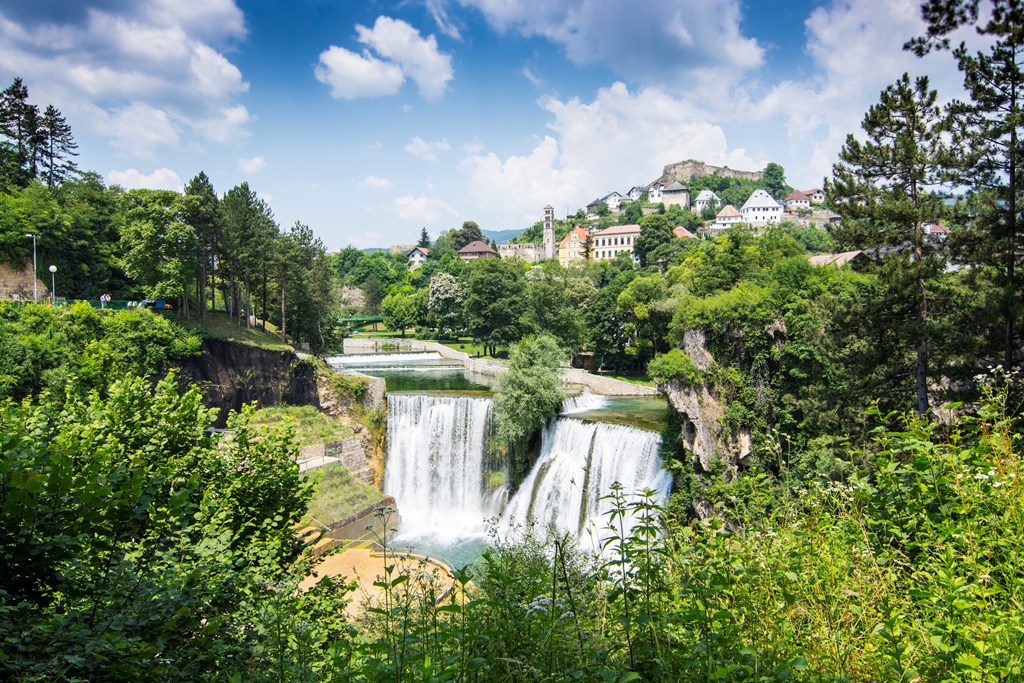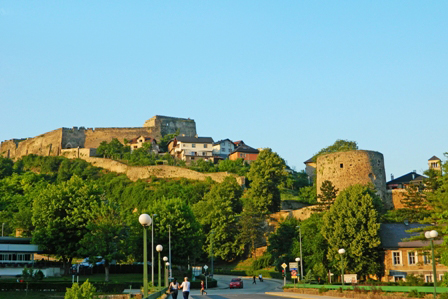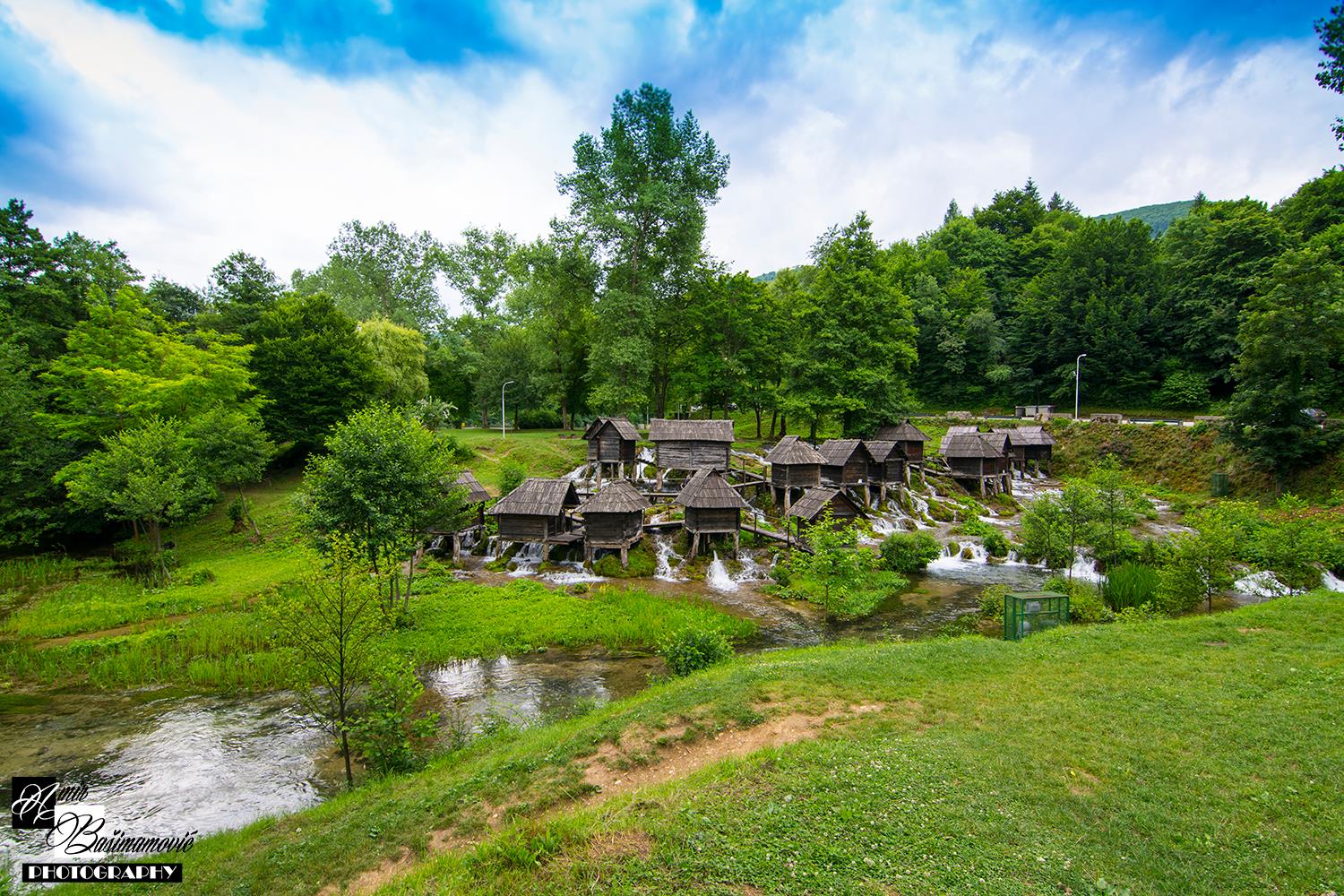
Meet Jajce Town in Bosnia and Herzegovina
The Jajce Town is the capital of the homonymous municipality in the county of central Bosnia and Herzegovina. The city in 1991 counted 13,579 and 45,007 inhabitants of the municipality. The climate is temperate continental with warm summers and snowy winters. The Jajce Town is one of the most significant places of Bosnian, Yugoslav and Croatian history. Jajce is a town in central Bosnia, on the island of Pliva and the Vrbas. It was first mentioned in written records in 1396. It was the possession of Hrvoje Vukčić Hrvatinić, and around the middle of the 15th century took the power of the King. In 1463 fall into the Turks empire, but by the end of that year it is being swept away by Matthias Corvinus and the established Jajce Region for defense against from the Turks. At the turn of 1527, in 1528 it again occupied by the Turkish empire, and the town lost its importance, so that in the 17th century walls of the fortress significantly crumbling. In the great fire in 1658 completely destroyed, and then only partially repaired, so that works Jajce in poor condition until the 80s of the 19th century, when performed extensive conservation work on the citadel and the tower of St. Luke.
In the 12th century there are several buildings profane and sacred character, for example, the church in the Romanesque style on the site of the young Gothic church of St. Mary. Another Romanesque building stood in the lower part of the city, and the Emperor’s field is disclosed Romanesque relief plate. In the 13th and early 14th century, built a large wall around the village, which is in the second half of the 14th century significantly boosts, then builds the citadel palace in Romanesque forms retarded. Next to Bear tower carves the underground hall on two floor, known as the Catacombs, which is probably supposed to serve as a space for rituals Order of the Dragon. Judging from the coat of arms in the lobby, premises carved on the orders of Duke Hrvoje, perhaps at the end of his life because the work remained unfinished.
At about the same time Franciscans raise on the ruins of the Romanesque church of their monastery of St.. Mary, while still maintaining the Romanesque west portal of the older buildings, above which are inserted Gothic rosette. About 1460 on the north side of the church was built on the tower of St. Luke, who is in the lower parts was implemented in the Gothic style, while the upper three galleries were formed as Romanesque triforium. Around the mid-15th century was built on the citadel of the royal palace in the style of the Venetian-Dalmatian late Gothic, close shop Andrija Alesi. At the entrance to the citadel was erected in a festive Gothic portal with the coat of arms of King Stjepan Tomasevic. In the first decades of the 16th century, the house was expanded annexes in the style of late Gothic medieval. At the time of the Turks church of Sts. Mary was reconstructed into a mosque and the tower of St. Luke turned into a minaret. The royal palace is still standing in the 17th century as a ruin, and was completely destroyed in the late 18th or early 19th century.



Source: http://www.trec.ba





